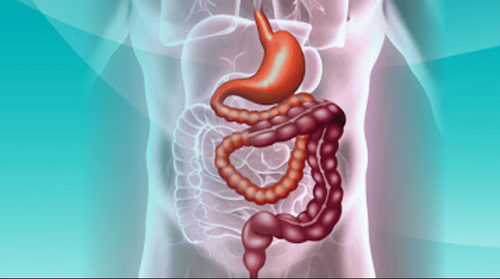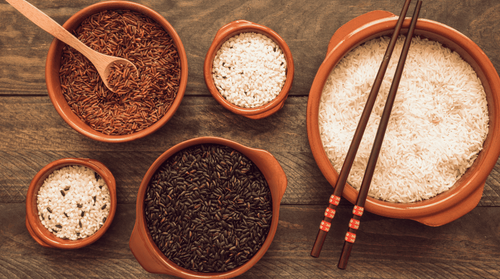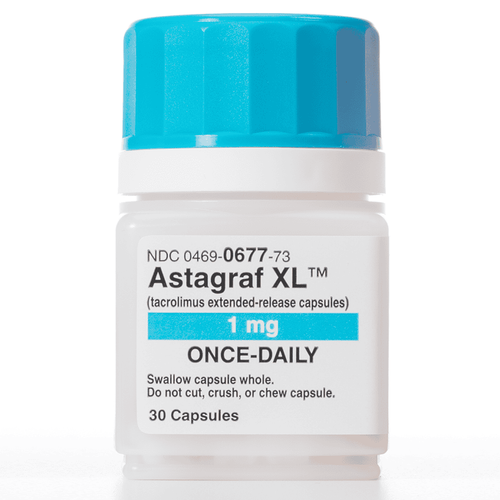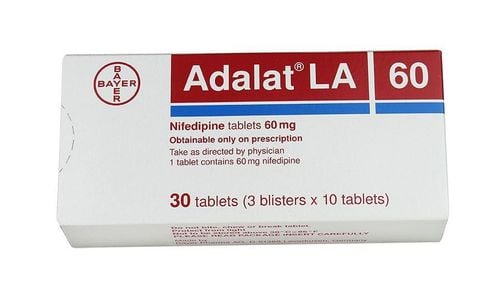This is an automatically translated article.
Couscous and quinoa are both nutrient-dense foods and offer many health benefits. However, quinoa is suitable for people following a gluten-free diet, and couscous contains gluten so it cannot be used for this group of people.
1. What is Couscous and quinoa?
Couscous and quinoa are similar in appearance but are two different foods.
Couscous is a type of wheat that is similar in appearance to rice but has a more yellow color, usually dried, packaged for steaming or cooked into rice. This type of wheat belongs to the gramineae family, and is a staple food in North African countries, namely Morocco, Algeria, and Tunisia.
Quinoa also known as quinoa, belongs to the family chenopodiaceae, there are three different varieties of quinoa red, black and white, all of which are grown in countries located in the Andean region of South America, where the plant originated. this. However, quinoa is not classified as a grain due to differences in plant varieties and nutritional composition.
2. Compare the nutrient content of couscous and quinoa
Couscous and quinoa are somewhat similar, the main difference lies in the nutritional composition. The table below compares the nutritional composition of 100g of couscous and quinoa:
| Thành phần | Couscous | Quinoa |
| Calo | 112 | 120 |
| Carb | 23.2 | 21.3 |
| Chất xơ | 1.4g | 2.8g |
| Chất đạm | 3.8 | 4.4 |
| Chất béo | 0.16 | 1.92 |
| Selen | 50% hàm lượng hàng ngày (DV) | 5% DV |
| Mangan | 3.6% DV | 27.4% DV |
| Folate | 3,7% DV | 10,5% DV |
| Sắt | 2,1% DV | 8,2% DV |
Both foods are mainly composed of carbs and are fairly high in protein. Both foods are rich in carbs and protein and low in fat, differing only in content.
In terms of carbs, quinoa contains twice as much carbs as couscous, which makes eating quinoa fuller longer than couscous. In terms of protein, the content is not significantly different, but unlike couscous and many other grains, quinoa is known to be a source of high-quality protein with a full range of essential amino acids. In terms of fat, both are low in fat, but quinoa is 12 times higher in fat than couscous, mostly in heart-healthy fatty acids like omega-3 and omega-6. Quinoa has a low glycemic index (GI) of 53, while couscous has an average glycemic index of 65. The low GI allows for a slow and steady rise in blood sugar; Conversely, a high GI can cause blood sugar levels to spike after consuming the food.
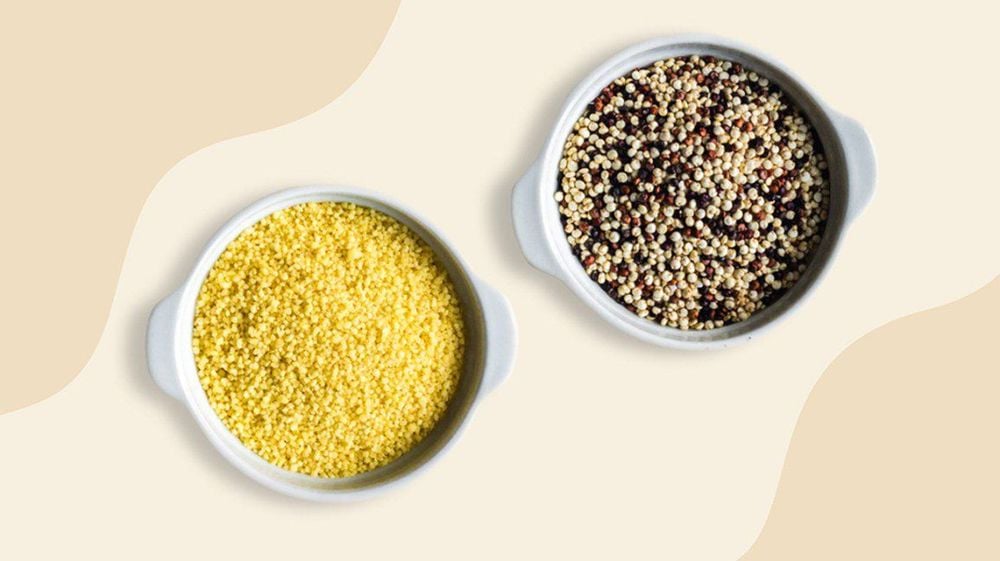
Couscous và Quinoa đều có lượng protein khá cao
3. Health benefits of couscous and quinoa
Couscous and quinoa both offer many health benefits.
The high selenium content in couscous helps support the immune system and thyroid function, and reduces the risk of cardiovascular disease and some cancers.
Couscous also acts as a powerful antioxidant that helps fight the damaging effects of free radicals, which increase the risk of premature aging and cancer. Similarly, quinoa also contains large amounts of antioxidants (phenolic acids, flavonoids and terpenoids) that help prevent diabetes, fight cancer, and fight inflammation. Quinoa is also a low GI food that can help reduce the risk of cardiovascular disease and diabetes.
Couscous contains a lot of gluten (a protein mainly found in wheat, barley and rye) so it is not recommended for people with celiac disease or gluten sensitivity.
In contrast, quinoa is naturally gluten-free but contains a group of proteins found in gluten called prolamins. According to a test-tube study, these proteins can cause symptoms in some susceptible people.
However, human research shows that people with celiac disease can tolerate a good amount of 50g of quinoa per day. This makes it a safe alternative for those following a gluten-free diet.
4. The taste and preparation of couscous and quinoa
Couscous and quinoa differ in taste and texture.
Couscous has a neutral flavor, which means it tastes similar to the ingredients it was cooked with, in contrast, quinoa has a slightly fatty flavor. In terms of texture, couscous is as soft as pasta, whereas, quinoa is crispier.
Both completely absorb water just like rice without needing to drain. In addition to regular water, you can use chicken broth or vegetable broth to cook couscous and quinoa to improve the flavor of the dish.
Quinoa and couscous can be used interchangeably in many recipes as both can be enjoyed hot and cold, and serve as a side dish or mixed into a salad. Quinoa can also be powdered and used in baked goods because of its starchy properties such as gelling, viscosity and foaming. At the same time, it helps to add nutrients to baked goods such as protein, fiber, and antioxidants. Alternatively, you can also use quinoa to make soups, porridges, and sweet or savory snacks.
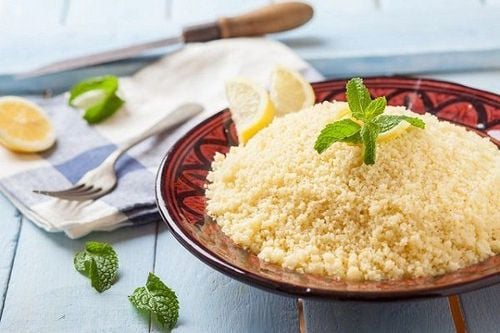
Couscous được chế biến theo nhiều cách khác nhau
5. Couscous vs quinoa, which is better?
Both couscous and quinoa are delicious, versatile, and easy to cook. They all offer a variety of health benefits including supporting the immune system, improving heart health, controlling blood sugar, and protecting against certain types of cancer.
However, if you are trying to increase your nutritional profile, increase your protein intake, or follow a gluten-free lifestyle, quinoa will be the best choice. If you simply want to vary your servings of pasta or rice, couscous can be a good choice to diversify your daily meal. Note, couscous is not suitable for people following a gluten-free diet.
Please dial HOTLINE for more information or register for an appointment HERE. Download MyVinmec app to make appointments faster and to manage your bookings easily.




